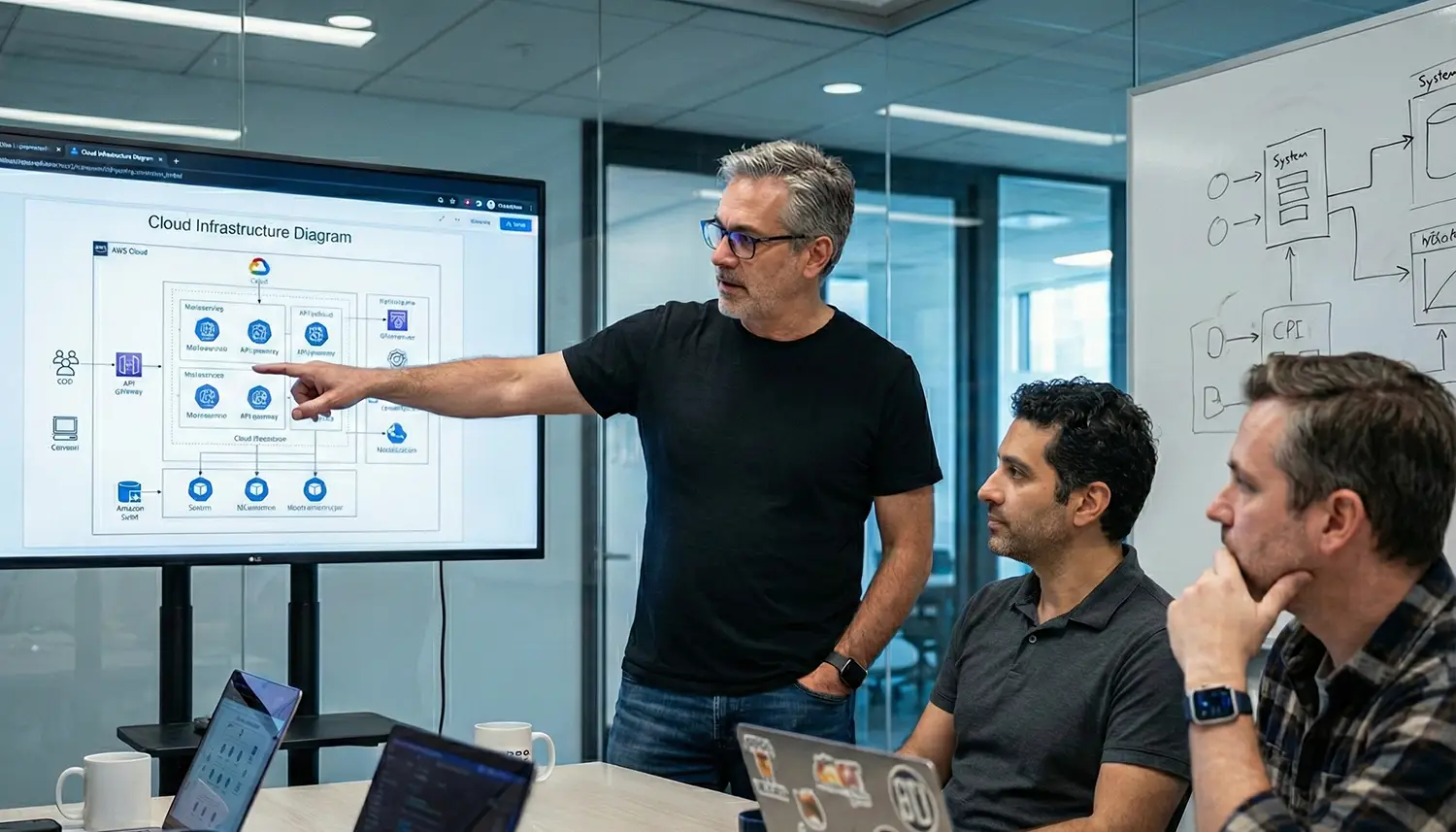In this article:
- How Big Data is revolutionizing healthcare and telehealth
- Challenges faced by healthcare industry and software engineers in leveraging Big Data
- Examples of solutions developed by GAP for a telehealth client
As healthcare institutions go through the process of digitization as part of a larger shift towards telehealth, many of them are grappling with how to leverage big data for important initiatives like disease research, patient care and public health management.
Data from sources such as EMR (electronic medical records) systems, CPOE (computerized physician order entry), physicians’ and nurses’ notes, lab results, pharmacy and insurance records provide a wealth of information that can improve care delivery if leveraged correctly. But organizing all this information to draw actionable insights is a challenge, made more difficult by the industry’s notorious regulatory requirements, and often outdated monolithic systems that have a hard time adapting and scaling to today’s demands and impede interaction between patient and caregiver.
Download our Telehealth Case Studies to see examples of how GAP optimized the AristaMD platform.
Vast Use Potential
Big data has the potential to revolutionize healthcare from the inside out. It provides opportunities that allow for a transformative, personalized approach to care that’s backed by a wealth of factual, behavioral, and ethnographic information. It allows medical professionals to analyze patient habits and treatment responses to zero in on the most effective treatments; apply analytics models to patient profiles to recommend preventive care and lifestyle adjustments; conduct disease research and profile patients to identify personalized preventive efforts; and provide data to pharmaceutical companies to select patients for clinical trials. When big data is synthesized and analyzed by software engineers, healthcare providers and other stakeholders in the healthcare delivery system can develop more thorough and insightful diagnoses and treatments, resulting in higher quality care at lower costs and better overall outcomes. All this would be impossible without Big Data as a platform to derive solutions from, which is why incorporating Big Data into healthcare at the operational level is such a critical undertaking. But harnessing the power of big data in healthcare is often an overwhelming proposition.
Big Data Challenges for software engineers
Healthcare providers are flooded with massive amounts of information from a variety of sources of data that is largely unstructured or doesn’t conform to healthcare database formats.
That in and of itself is challenging enough for software engineers. Making matters worse, most providers lack in-house experts to properly sort and analyze the data, leading to patchwork solutions that result in increasingly unwieldy platforms, issues with integration and scaling, inadequate workflow management and poor user experience. While in-house teams can identify these problems, they often lack the expertise to address them long-term. Software engineers and data scientists with significant expertise are hard to come by and in high demand. As a result, healthcare faces stiff competition from other industries such as banking and tech, who are dealing with similar issues around Big Data.
Software Engineers Can Craft Solutions
GAP’s software engineers have partnered with several healthcare and telehealth clients to develop solutions to their growing pains and Big Data integration issues. Working with AristaMD, for instance, we have helped them resolve several issues that will allow them to scale, improve operations, and future-proof their platform. Here’s a look at the specific issues faced by AristaMD, and the custom solutions that GAP engineers developed for each.
1. Enhancing Workflow Management for Telehealth
AristaMD’s HIPAA-compliant telehealth application enables primary care physicians to easily send patient information and receive insights from specialists within 24 hours, bypassing typical wait times associated with the referral system. A growing user base created increased complexity in interactions between primary care physicians (PCP) and specialists in the eConsult platform. Moreover, AristaMD desired for expanded customization of its system.
AristaMD designed a workflow that manages incoming PCP requests and directs them to specialists. GAP’s software engineers utilized a State Machine pattern: a workflow action library in the backend of the system that easily allows customization. A patient assessment form acts as the starting point of the workflow. Based on the patient’s responses, the primary care physician sends these responses to the AristaMD’s team of board-certified specialists. The workflow defined a customizable set of states, transitions and notifications for each action of the AristaMD’s eConsult experience.
Implementing this design strategy helped AristaMD optimize their patient care process, improving the overall quality of their health. The infrastructure that was co-engineered between AristaMD and GAP is easily maintainable and scalable to the growing user base.
2. Integration to Telehealth Applications via API Enablement
Operating in a compliance-oriented industry, AristaMD desired to create an easier way to integrate its application with other systems while complying with industry standards, including HIPAA and FHIR. With these parameters in mind, AristaMD sought to augment their client integration methods, reducing clicks for the physician.
Using PHP/Laravel, GAP’s software engineers hosted a library for an Application Programming Interface (API) that based objects off of the FHIR standard. Additionally, the GAP team utilized the API development tool, Swagger, and stored documentation for the API. The GAP team was tasked with exploring all the documentation of the FHIR library. During the process, the engineers developed an extended version of an FHIR-based API for AristaMD’s system.
AristaMD has now productized their offering through an API that can be leveraged by their own clients who request API access. Enabling the API opened a new world of possibilities for AristaMD and its clients. The application can easily integrate with other systems. This FHIR-enabled telehealth application adds significant market value for AristaMD’s product line.
3. Improving the User Experience by Unifying Authentication for Telehealth Applications
AristaMD’s clients faced a challenge in having to use separate credentials to continuously log into the AristaMD platform. They wished to use credentials from their own Electronic Health Record (EHR) systems to avoid having duplicate credentials. GAP’s software engineers developed a solution that helped enhance the user experience while maintaining strict security.
In order for the organizations to use the same credentials as their own systems, our client’s application needed to integrate with the EHR systems. Using authentication standards such as LDAP and SAML 2.0, GAP powered a single sign-on solution that enables users to access multiple systems using only one set of credentials.
From start to finish, AristaMD’s clients now have a smooth transition in accessing AristaMD’s platform. Physicians have to remember only one set of credentials to be able to use multiple systems, improving their experience with AristaMD’s telehealth app. Throughout this process, security was strictly maintained. Ultimately, the ease of use for physicians drove more volume for AristaMD, resulting in higher profitability.
Partner for Big Data in Healthcare
Growth Acceleration Partners (GAP) has partnered with enterprise healthcare companies to deliver web/cloud applications. GAP is well-versed in tapping big data and using its data analytics platform. Contact GAP to extract your big data opportunity in healthcare and telehealth.
At Growth Acceleration Partners, we have extensive expertise in many verticals. We can provide your organization with resources in the following areas:
- Software development for cloud and mobile applications
- Data analytics and data science
- Information systems
- Machine learning and artificial intelligence
- Predictive modeling
- QA Automation
If you have any further questions regarding our services, please reach out to us.



